

South Korean ship liner HMM launched and christened the world’s largest container ship HMM Algeciras last week. To purchase and launch the ship cost the Korean company over $140 million.
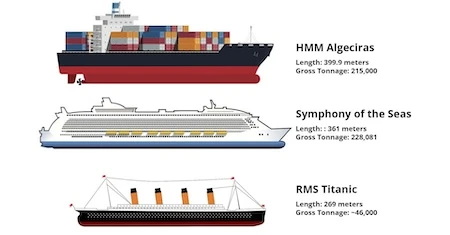
The first of twelve in its type, Algeciras has a container capacity of 24,000 TEU. It is measured at 399.9 meters long, 60 meters wide, and 70 meters high.
To conceptualize these measurements, imagine the Empire State Building laid down on its side, the sizes would be quite relative. In fact, this newly-christened ship is some 60 feet longer than the landmark building. It would be about half a mile to take a walk around the Algeciras.
Previously, the largest container ship was OOCL Hong Kong, and had a carrying capacity of 21,413 TEU. Clearly, the Algeciras has made a name for itself by outrunning others in size, cargo capacity, carbon footprint and other aspects.
Many compare the launch of this revolutionary ship to the launch of the Titanic in 1911, or that of the Symphony of the Seas in 2017. Taking a closer look at the dimensions and functionalities of all three ships, we find some interesting commonalities, however, what shines the most, is the idea of technological advancement and development in tonnage capacity.
The Titanic was known as the largest passenger liner of its time, and remains as the most famous ship in the world. It was around 269 meters long (882 feet), and was around 28 meters wide (92.6 feet).
The Symphony of the Seas is 362 meters long (1,185 feet) and 65 meters wide (215 feet). However, the ship is so advanced that it has a gross tonnage capacity of 228,081 across its 18 decks -- 5 times larger than the Titanic was able to hold.
When it comes to comparing the two with the Algeciras and its gross tonnage of 228,283, we learn that with time, advanced technology, and top-notch engineering, shipbuilding has taken a revolutionary turn for higher capacity and encouraged competition.
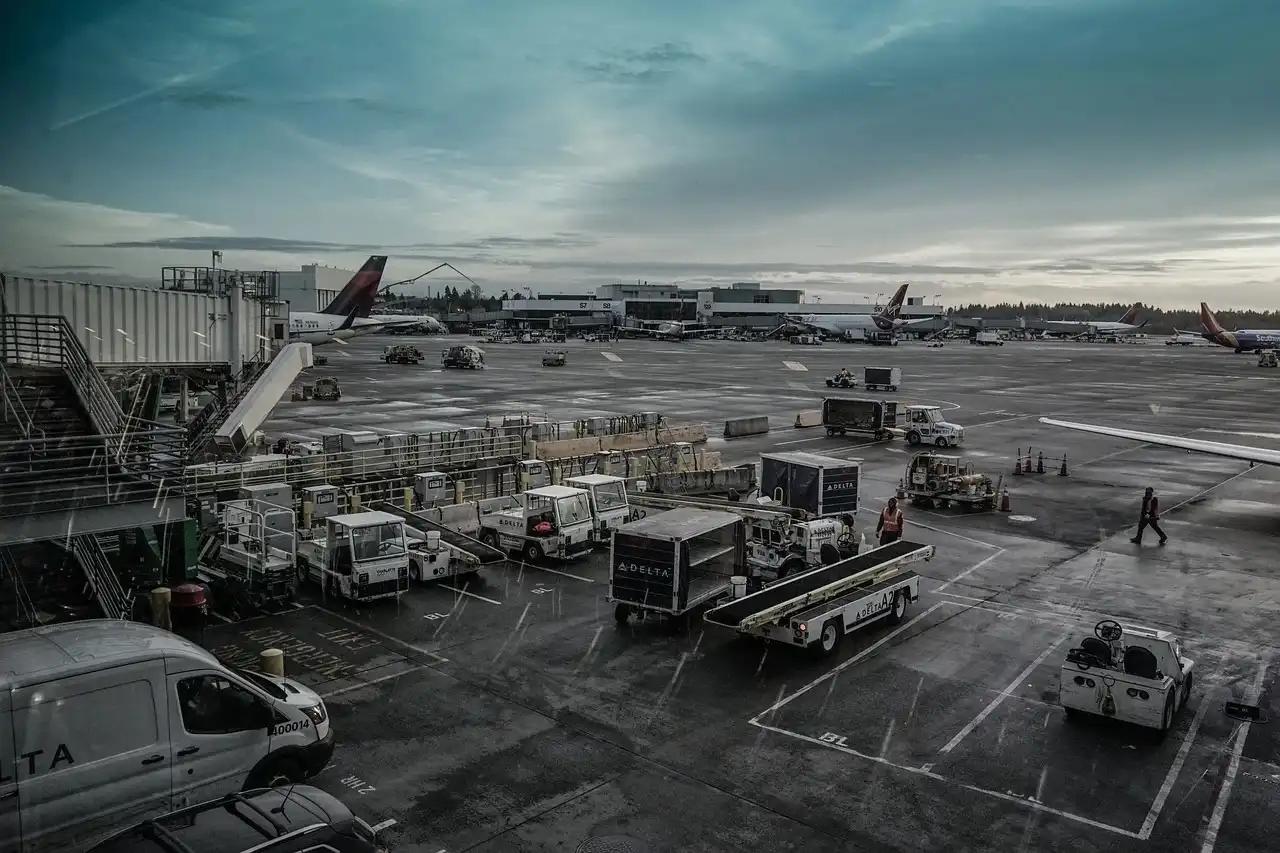
Freight Right leads in LAX customs brokerage, managing over 100K tons of air cargo annually. Discover our role in LAX’s cargo efficiency and compliance.
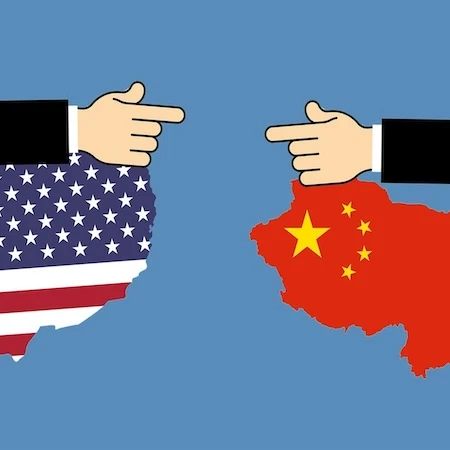
Ongoing trade tensions between the United States and China continue to be the defining story of the 2019 global economy. What started off as an ongoing dialogue about the economic relationship between the two largest economies in the world has transformed

Big and bulky fulfillment doesn’t have to block global growth. Learn how ecommerce brands can ship oversized products internationally with real-time freight rates, duty-paid delivery, and zero foreign inventory.
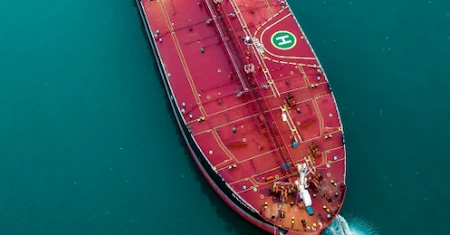
Why it’s so expensive to ship goods and to travel between multiple U.S. ports.

It has been established: ATA Carnets make the import/export experience of non-commercial goods so much easier, however, the usage of this document, has its own complications and concerns. Many Carnet holders often show concern about when to use each part
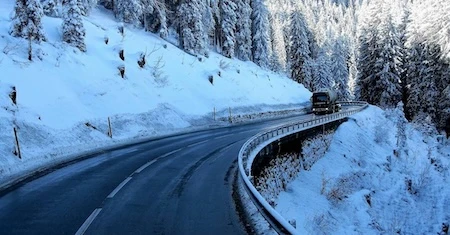
What kinds of weather have the biggest impact on trucking? How should shippers plan?
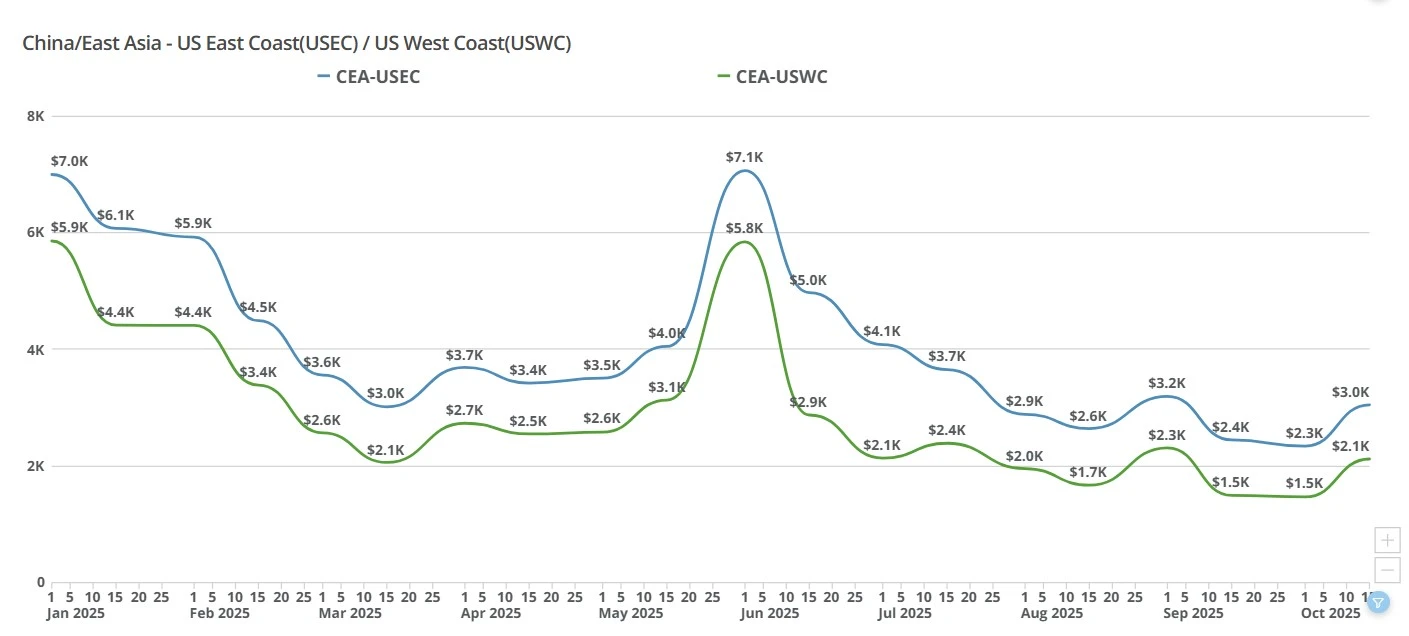
Transpacific ocean and air rates jump as carriers pull capacity, Apple charters tighten space, and shippers rush to beat U.S. tariff deadlines
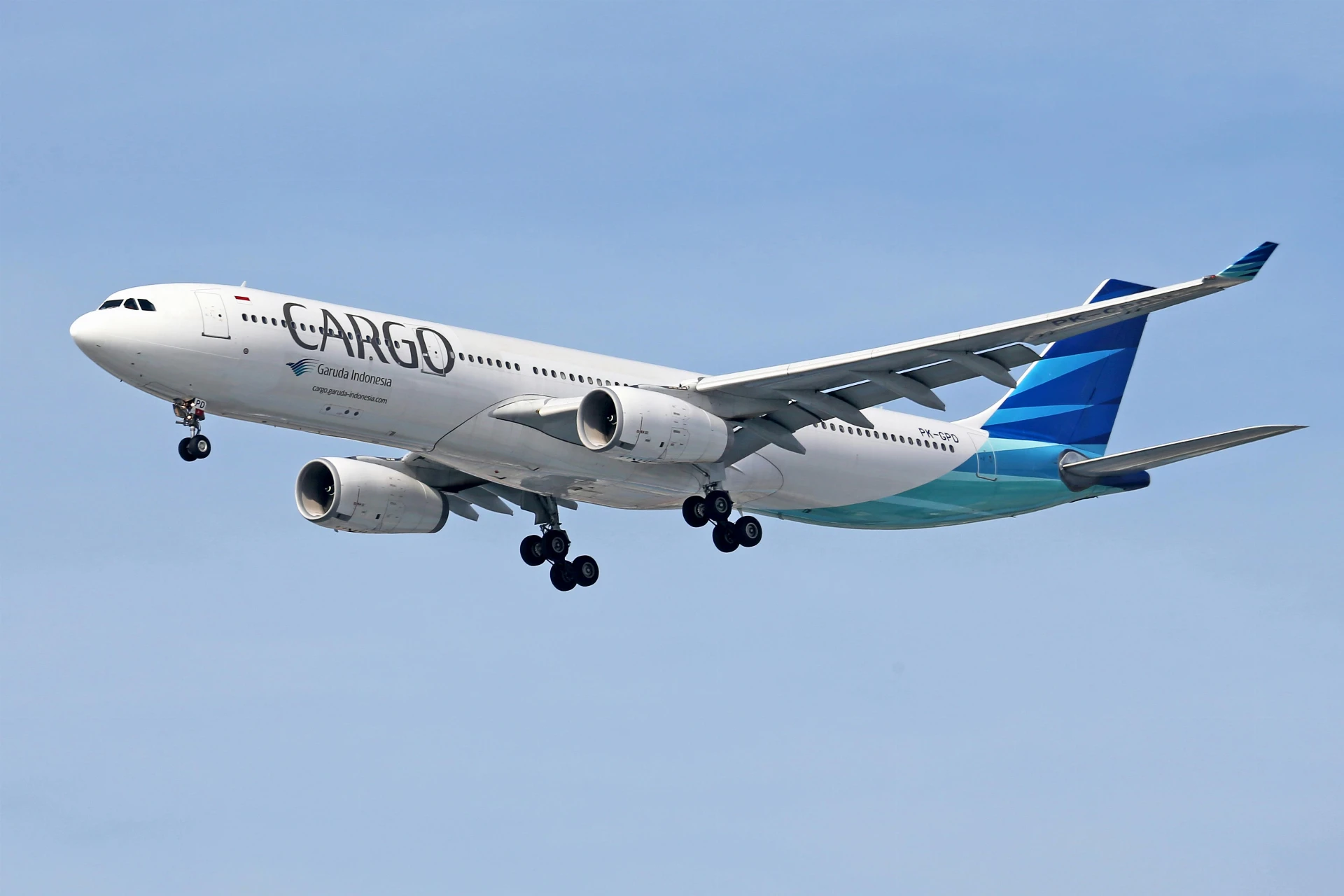
China-US air freight rates spike above $7.50/kg amid tariff fears and tight capacity to JFK, ORD, and LAX.
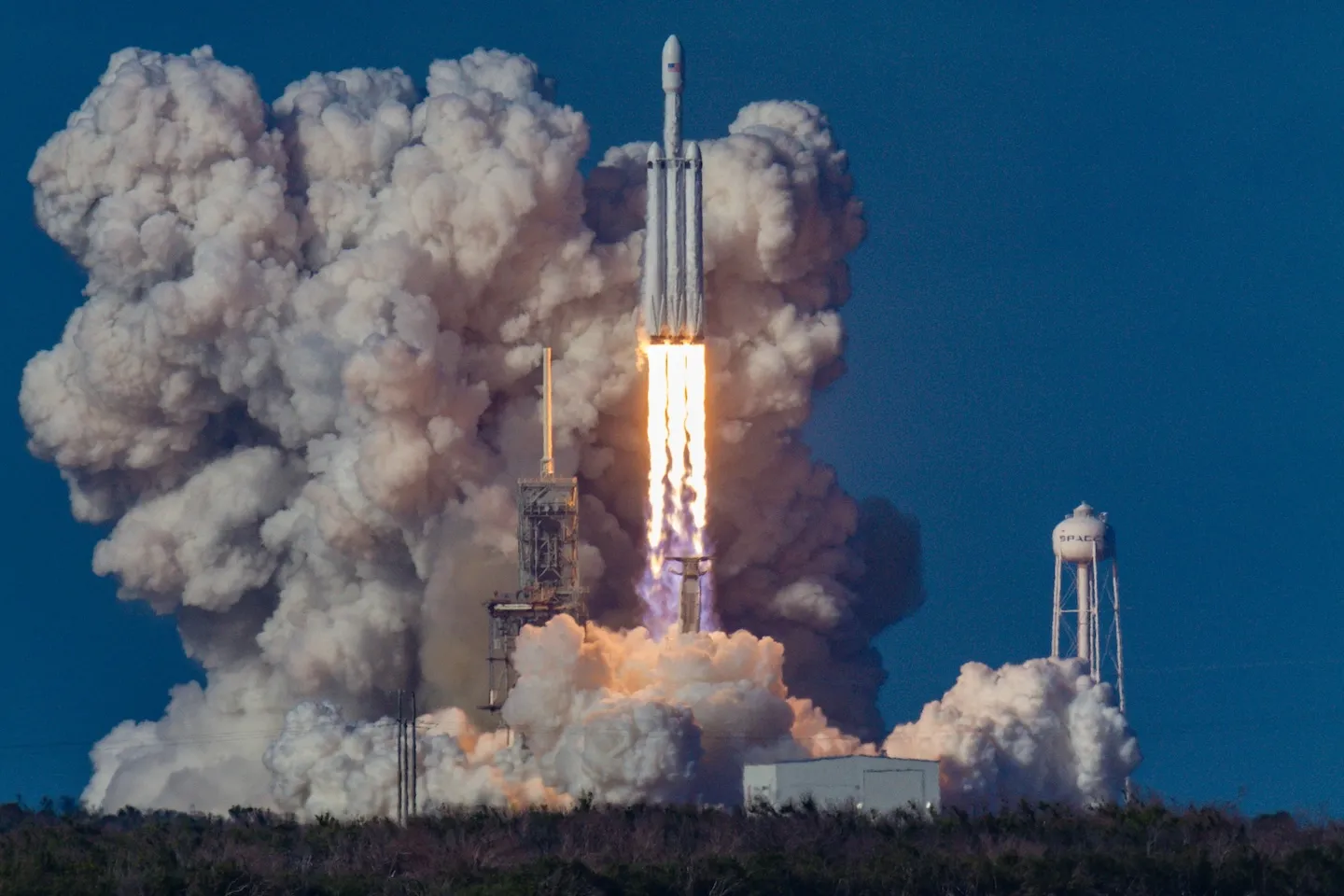
Outer space is the newest export frontier, where rockets and satellites count as high-tech cargo, triggering a bureaucratic maze of customs, export controls, and duty drawbacks. As the space economy grows, regulators face challenges from orbital warehouse
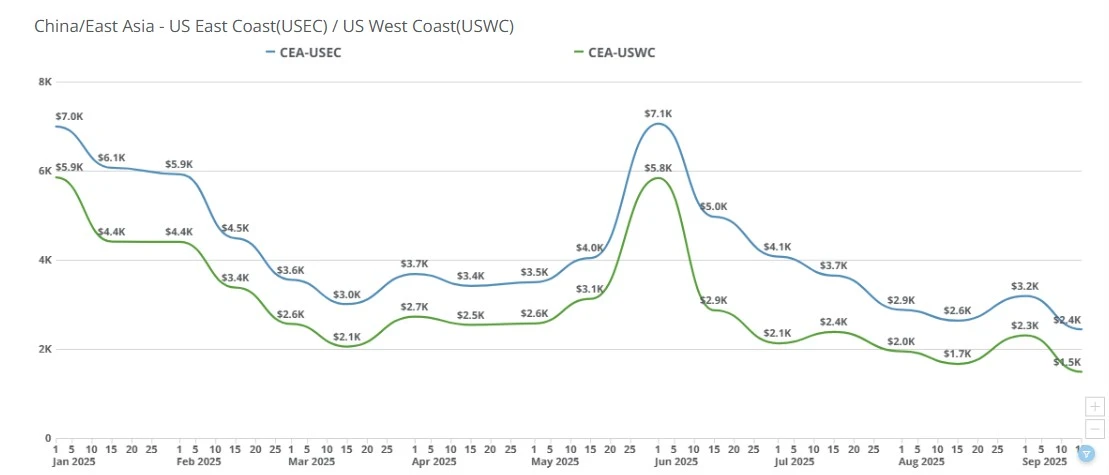
China–US ocean spot rates eased WoW as early-September GRIs faded. USWC nears trough, USEC softens, and fierce forwarder pricing persists ahead of Golden Week.